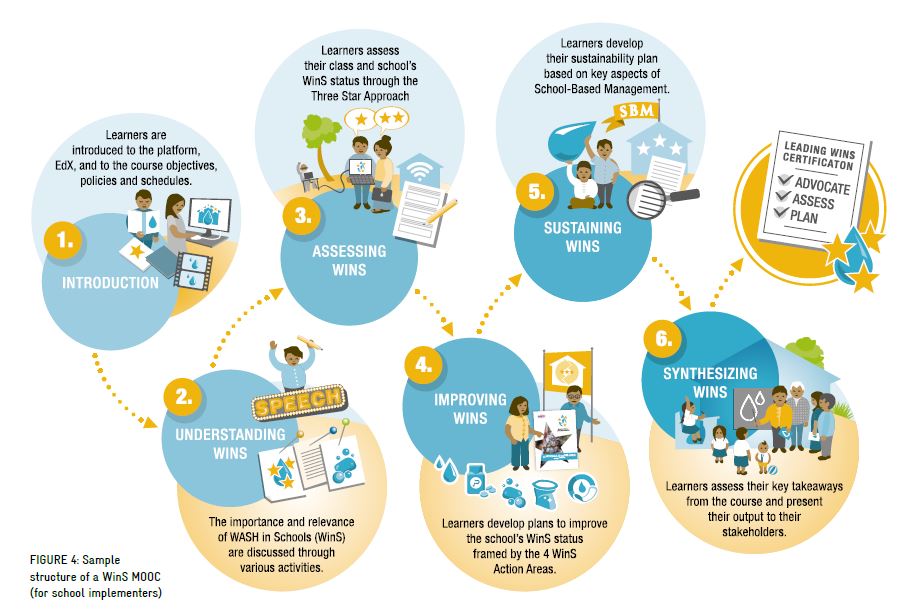Through a fully functioning integrated health monitoring system for people, habitat and habituated apes and other wildlife, an early warning system was created. The aim is to detect prevalent diseases early and prevent its spreading within wildlife or human population through improved collaboration with public health and civil society actors. The Health monitoring system comprises:
Health condition of habituated gorillas are monitored daily. The Primate Habituation Programme was started by WWF back in 1997 and is one of the main pillars of the conservation work in Dzanga-Sangha ever since. Habituation has started in Campo Ma'an since 4 years.
A variety of methods are used to investigate the spread of zoonotic pathogens in the natural habitat, such as collecting monthly faecal and urine samples from the gorillas and, less frequently, from mangabeys, collecting vectors such as carrion flies, and regularly taking swab and necropsy samples from carcasses. These are then analysed in the field laboratory.
Conservation and ecotourism employees and their families receive annual health checkups and vaccinations, and are closely monitored in suspected cases.
